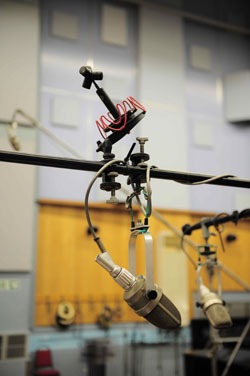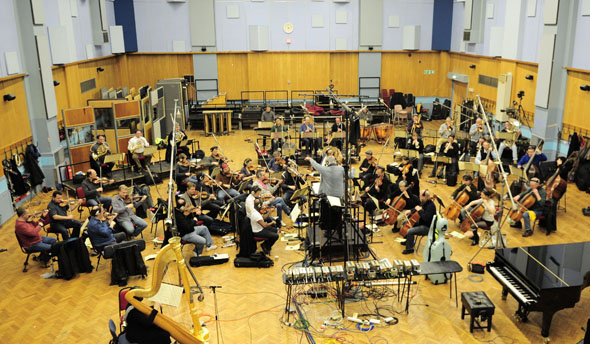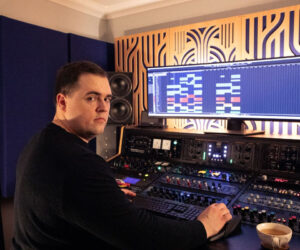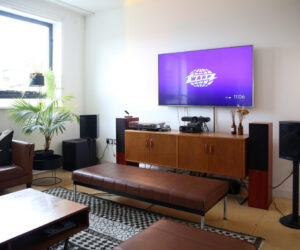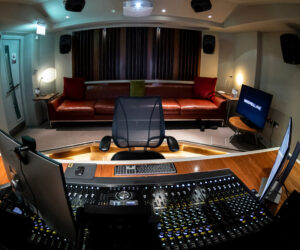Nashville-based producer Mark Hornsby recently a SoundField SPS200 microphone on an orchestral session at Abbey Road Studios, London, and has used it and its associated Surround Zone plug-in to mix the audio from the sessions.
Like all SoundField’s microphone systems, the SPS200 consists of a multi-capsule microphone which captures the entire soundspace around the microphone in three dimensions, describing it in a four-channel proprietary output format.
The four-channel signal may be decoded using SoundField’s SPS200 Surround Zone plug-in to produce audio in a variety of formats, from phase-coherent mono to multi-channel surround, via stereo and M&S.
If the four-channel proprietary-format signals are recorded, the processing and decoding may even be carried out at a later date, allowing all kinds of detailed alterations to be made to the recorded audio long after the session.
“What’s really cool about this is it literally gives you the ability to change the pickup pattern and position of the microphone after the tracks have already been recorded and the players have gone home,” said Mark Hornsby after his Abbey Road date. “Very cool stuff.”
Hornsby was first impressed by some drum recordings he made with the SPS200 following discussions with SoundField’s Pieter Schillebeeckx at last Autumn’s AES show.
He agreed to try the SPS200 on his next Abbey Road orchestral session, but sensibly also set up a Decca Tree of Neumann M50s in Studio 1 as a fallback. “I wanted to do a qualified test, where I could A/B recordings from both microphones” he explains, “and the results… well, I’ll put it this way — the recordings made with the SPS200 are what I’m using to mix.”
“It’s a great, open-sounding microphone, although actually, I think of it more as a recording system than just a microphone. Having the ability to repoint microphones in the mixing environment, after the session, is amazing to me.”
“For example, one of the songs I cut at the session has a breakdown in the middle where the violins take over in a fast solo. In the mix, using the Surround Zone plug-in, I’ve taken the SPS200 and ‘pointed’ it at the violins for that section, way after the session. That kind of flexibility is just killer.”
“I have tried SoundField’s SPS422B, which has a hardware decoder and its own mic preamps. I like that system too — it’s good if you’re working in a studio — but the SPS200 is better suited to when you’re travelling around.”
“It’s very easy to take out on a gig, you can use all the mic preamps you normally use on a session, and there’s no extra decoder box. I can’t wait to try it on other things.”


